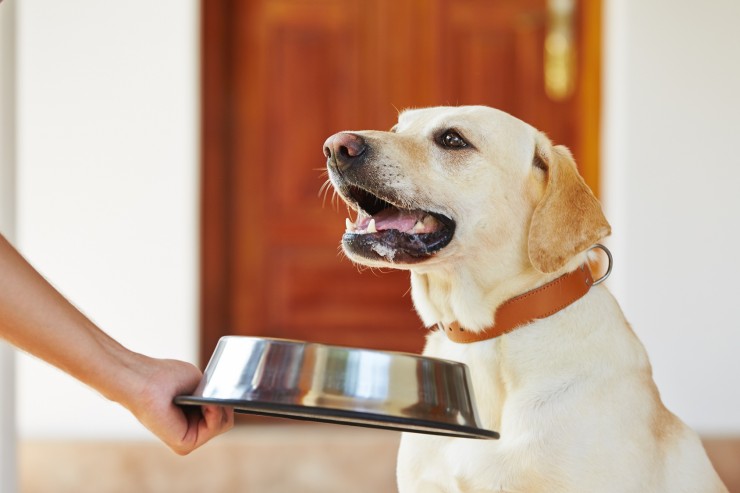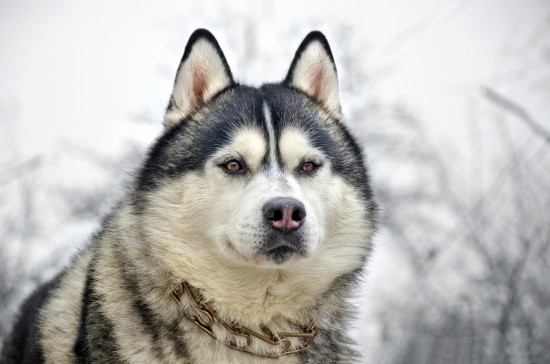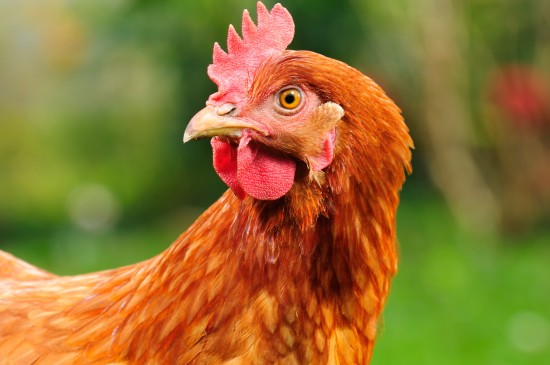
Unfortunately, eliminating problem behaviors is one thing that
most dog owners eventually face. This article will focus on a
few of the most commonly encountered behavior problems.
Problem #1 – Jumping up on people One of the most frequently
cited problems with dogs is that of jumping up on people.
Unfortunately, this is one of those behaviors that is often
inadvertently encouraged by well meaning owners. After all, it
is cute and adorable when that little 10 pound puppy jumps up on
you, your family members and your friends. Many people reward
this behavior on the part of a small puppy with kisses and
treats.
This is a huge mistake, however, since that cute little puppy
may soon become a full grown dog who could weigh well in excess
of 100 pounds. Suddenly that cute jumping behavior is no longer
quite so cute.
In addition to being annoying, jumping up on people can be
dangerous as well. A large, heavy dog, jumping enthusiastically,
can easily knock over a child or an older or handicapped adult.
In today’s litigious society, such an incident could easily make
you, as the dog’s owner, the subject of an unwanted lawsuit.
The time to teach a dog that jumping up on people is
unacceptable is when he is still young and easy to handle.
Retraining a dog that has been allowed to jump up on people can
be difficult for the owner, and confusing for the dog.
When the puppy tries to jump on you or another member of your
family, gently but firmly place the puppy’s feet back on the
floor. After the puppy is standing firmly on the floor, be sure
to reward and praise him.
It is important for every member of the family, as well as
frequently visiting friends, to understand this rule and follow
it religiously. If one member of the family reprimands the dog
for jumping and another praises him, the dog will be
understandably confused. As with other dog training issues,
consistency is the key to teaching the dog that jumping is
always inappropriate.
When praising and rewarding the dog for staying down, it is
important for the trainer to get down on the dog’s level. Giving
affection and praise at eye level with the puppy is a great way
to reinforce the lesson.
Problem #2 – Pulling and tugging at the leash Pulling on the
leash is another problem trait that many puppies pick up.
Unfortunately, this behavior is also one that is sometimes
encouraged by well meaning owners. Playing games like tug of war
with the leash, or even with a rope (that can look like the
leash to the dog) can unwittingly encourage a problem behavior.
The use of a quality body harness can be a big help when
training a puppy not to pull, or retraining a dog that has
picked up the habit of pulling on the leash. Try training the
puppy to accept the body harness the same way it accepts the
regular buckle collar.
When walking with your dog, try using a lure or toy to encourage
the dog to remain at your side. A training collar, when properly
used, can also be a good training tool for a problem dog. When
using a training collar or choke chain, however, it is very
important to fit it correctly, and to use a size that is neither
too big nor too small for your dog.
When walking with your puppy, it is important to keep the leash
loose at all times. If the puppy begins to pull ahead, the
handler should quickly change directions so that the puppy fast
finds itself falling behind. It is important to reverse
directions before the puppy has reached the end of the leash.
The leash should stay loose except for the split second it takes
the handler to reverse direction. It is important to use a quick
tug, followed by an immediate slackening of the leash.
When training a puppy, it is important to never let the puppy
pull you around. Training the puppy to walk properly while he or
she is still small enough to handle is absolutely vital,
especially when dealing with a large breed of dog. If your 150
pound Great Dane hasn’t learned to walk properly while he or she
is still a 20 pound puppy, chances are it never will.
It is important not to yank or pull on the puppy’s neck when
correcting him. A gentle, steady pressure will work much better
than a hard yank. The best strategy is to use the least amount
of pressure possible to achieve the desired result.
 Breeding From Your Dog - The First Stages Of Labour
Breeding From You
Breeding From Your Dog - The First Stages Of Labour
Breeding From You
 Feeding A Dog With Heart Failure
Feeding A Dog Wit
Feeding A Dog With Heart Failure
Feeding A Dog Wit
 The Siberian Husky And Its History With The Chukchi People
The Siberian Husk
The Siberian Husky And Its History With The Chukchi People
The Siberian Husk
 What To Do With Your Chickens When You Go On Holiday
What To Do With Y
What To Do With Your Chickens When You Go On Holiday
What To Do With Y
 Gmo Ingredients In Dog Food - Some Common Myths
Gmo Ingredients I
Gmo Ingredients In Dog Food - Some Common Myths
Gmo Ingredients I
Copyright © 2005-2016 Pet Information All Rights Reserved
Contact us: www162date@outlook.com